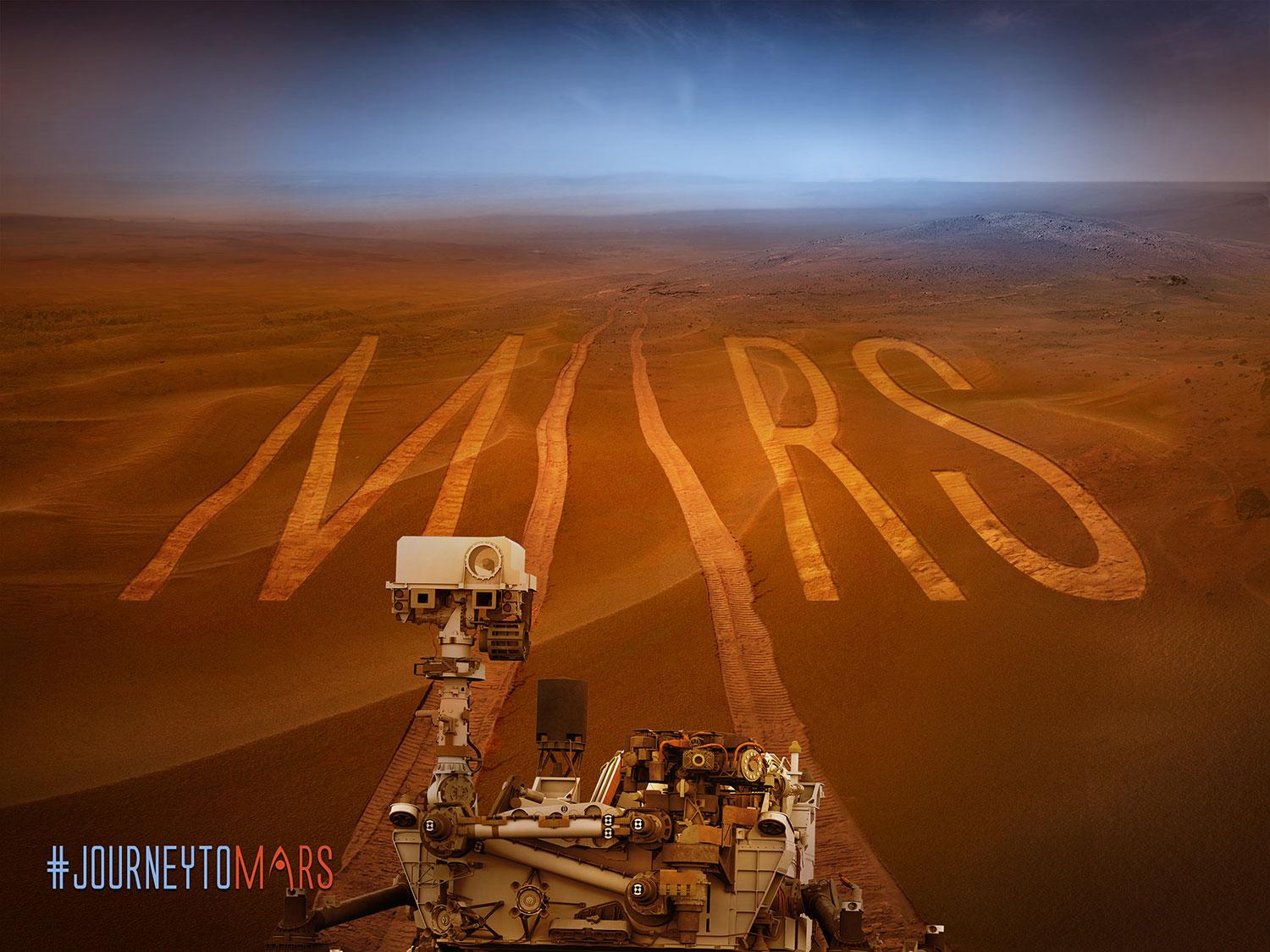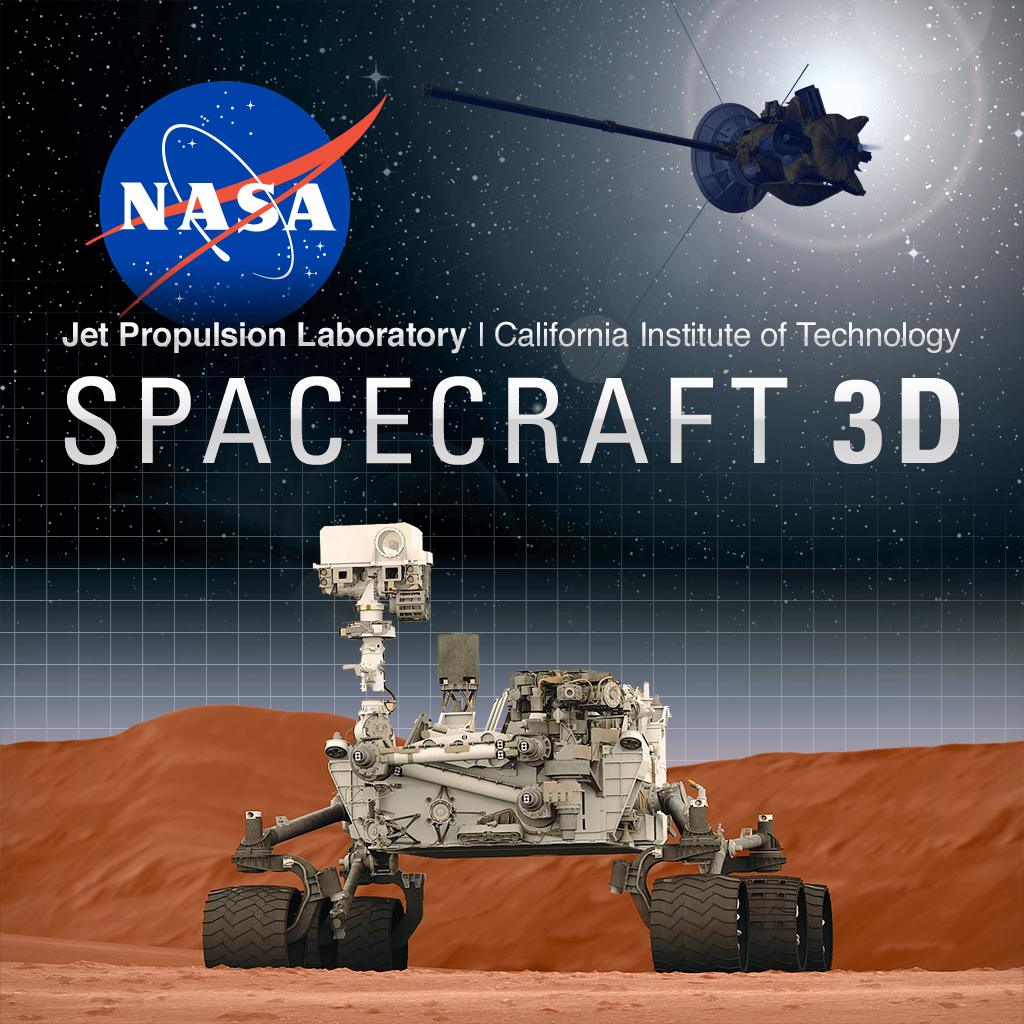LIve Chat and Ustream! 2014 Perseid Meteor Shower
On
the night of Aug. 12-13, the annual Perseid meteor shower will peak in
the skies over Earth. Although the almost-full moon will wash out
fainter meteors, there should still be a good show of brighter meteors
in this prolific shower. Projected peak rates are 30-40 meteors/hour.
Most of the world can see the Perseids any time after full dark, with
peak viewing in the two hours before dawn (your local time).
Dr. Bill Cooke and his team of meteor scientists will take your
questions via live web chat on the night of Aug. 12-13. A live Ustream
view of the skies over Marshall Space Flight Center will also be
offered, weather permitting. The Ustream view will appear on this page
on Aug. 12 at:9:30 p.m. EDT (Aug. 13 at 1:30 GMT). The live web chat
will begin on this page on Aug. 12 at 11 p.m. EDT (Aug. 13 at 3:00 GMT).
Image: A 2011 Perseid meteor, seen from the International Space Station. (NASA)
YouTube: Meteors and Fireballs Light Up the Skies

More About the Perseid Meteor Shower
The Perseids have been observed for at least 2,000 years and are
associated with the comet Swift-Tuttle, which orbits the sun once every
133 years. Each year in August, the Earth passes through a cloud of the
comet's debris. These bits of ice and dust -- most over 1,000 years old
-- burn up in the Earth's atmosphere to create one of the best meteor
showers of the year. The Perseids can be seen all over the sky, but the
best viewing opportunities will be across the northern hemisphere. Those
with sharp eyes will see that the meteors radiate from the direction of
the constellation Perseus.
https://www.youtube.com/watch?v=MP95ZUTK6LQ&list=PLBEXDPatoWBkQ3nw19vJz7qLXiSVzcfF5
................................................................................................................................................
Chat en vivo y Ustream! 2,014 Lluvia de meteoros de las Perseidas
Un meteoro de las Perseidas 2011, visto desde el espacio StationOn Internacional la noche del 12 a 13 agosto, la lluvia anual de meteoros de las Perseidas llegará a su máximo en los cielos de la Tierra. Aunque la luna casi llena se lave los meteoros más débiles, todavía debe haber un buen espectáculo de meteoros más brillantes en esta ducha prolífico. Tasas máximas proyectadas son 30 a 40 meteoros / hora. La mayor parte del mundo se puede ver las Perseidas cualquier momento después de la plena oscuridad, con la máxima audiencia en las dos horas antes del amanecer (hora local).
Dr. Bill Cooke y su equipo de científicos de meteoros se llevará a sus preguntas a través de chat en vivo en la noche del 12 a 13 agosto. Una vista en vivo Ustream de los cielos de Marshall Space Flight Center también se ofrecerá, el tiempo lo permite. La vista Ustream aparecerá en esta página, el 12 de agosto a las 9:30 pm EDT (13 de agosto a las 1:30 GMT). El chat en vivo se iniciará en esta página, el 12 de agosto a las 23:00 EDT (13 de agosto a las 03:00 GMT).
Imagen: Un meteoro de las Perseidas 2011, visto desde la Estación Espacial Internacional. (NASA)
YouTube: Meteoros y bolas de fuego iluminar el cielo
Más información sobre la lluvia de las Perseidas Meteor
Las Perseidas han sido observados durante al menos 2.000 años y están asociados con el cometa Swift-Tuttle, que orbita alrededor del Sol una vez cada 133 años. Cada año en agosto, la Tierra pasa a través de una nube de escombros del cometa. Estos trozos de hielo y polvo - la mayoría de más de 1.000 años de edad - se queman en la atmósfera de la Tierra para crear una de las mejores lluvias de meteoros del año. Las Perseidas se pueden ver por todo el cielo, pero las mejores oportunidades de observación habrá en todo el hemisferio norte. Los que tienen ojos agudos se verá que los meteoros irradian desde la dirección de la constelación de Perseo.
https://www.youtube.com/watch?v=MP95ZUTK6LQ&list=PLBEXDPatoWBkQ3nw19vJz7qLXiSVzcfF5



